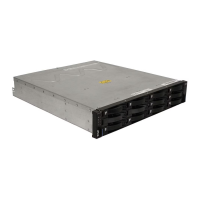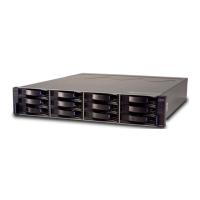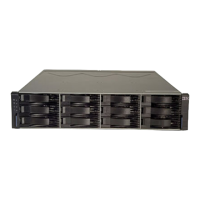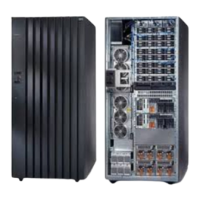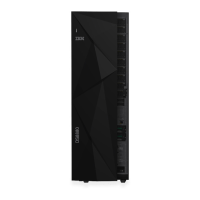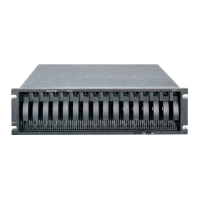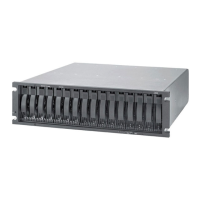7914Cabling2-1908.fm Draft Document for Review March 28, 2011 12:24 pm
108 IBM System Storage DS3500: Introduction and Implementation Guide
4.7.1 Out-of-band management
Out-of-band management uses a network connection to the TCP/IP ethernet ports on the
rear panels of each DS3500 controller (see Figure 4-19). Typically, you will only need to
connect one ethernet port from each controller to your management LAN. You can either
specify a fixed TCP/IP configuration or you can use DHCP/BOOTP settings. You can use the
host server or a dedicated workstation as your OOB management station.
Figure 4-19 Out of band management connections
Advantages and disadvantages of out-of-band management
In this section we discuss the advantages and disadvantages of using the out-of-band
management method.
Managing storage systems using the direct (out-of-band) management method has the
following advantages:
The Ethernet connections to the controllers enable a management station running
SMclient to manage storage systems that are connected to a host running any of the
operating systems that are supported by the current level of Storage Manager.
In-band management (described in section 4.7.2, “In-band management” on page 109)
requires an Access Logical Drive to communicate with the controllers. Out-of-band
management does not require that you use an access logical drive to communicate with
Best Practise: We recommend that you set up a dedicated management LAN or VLAN for
OOB management of the DS3500, and avoid using your public LAN for OOB management
of the DS3500. This will provide increased security of your DS3500 subsystem

